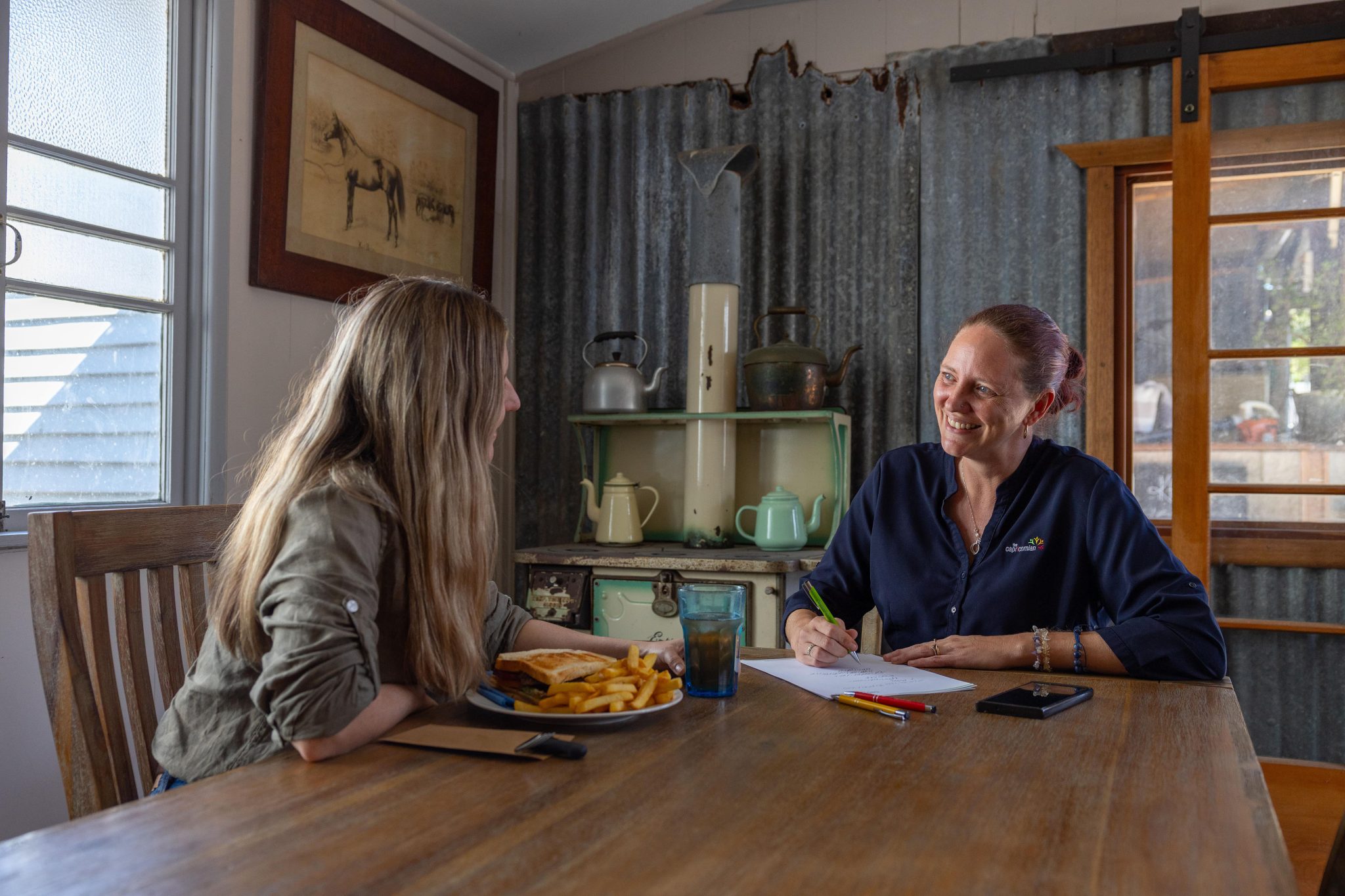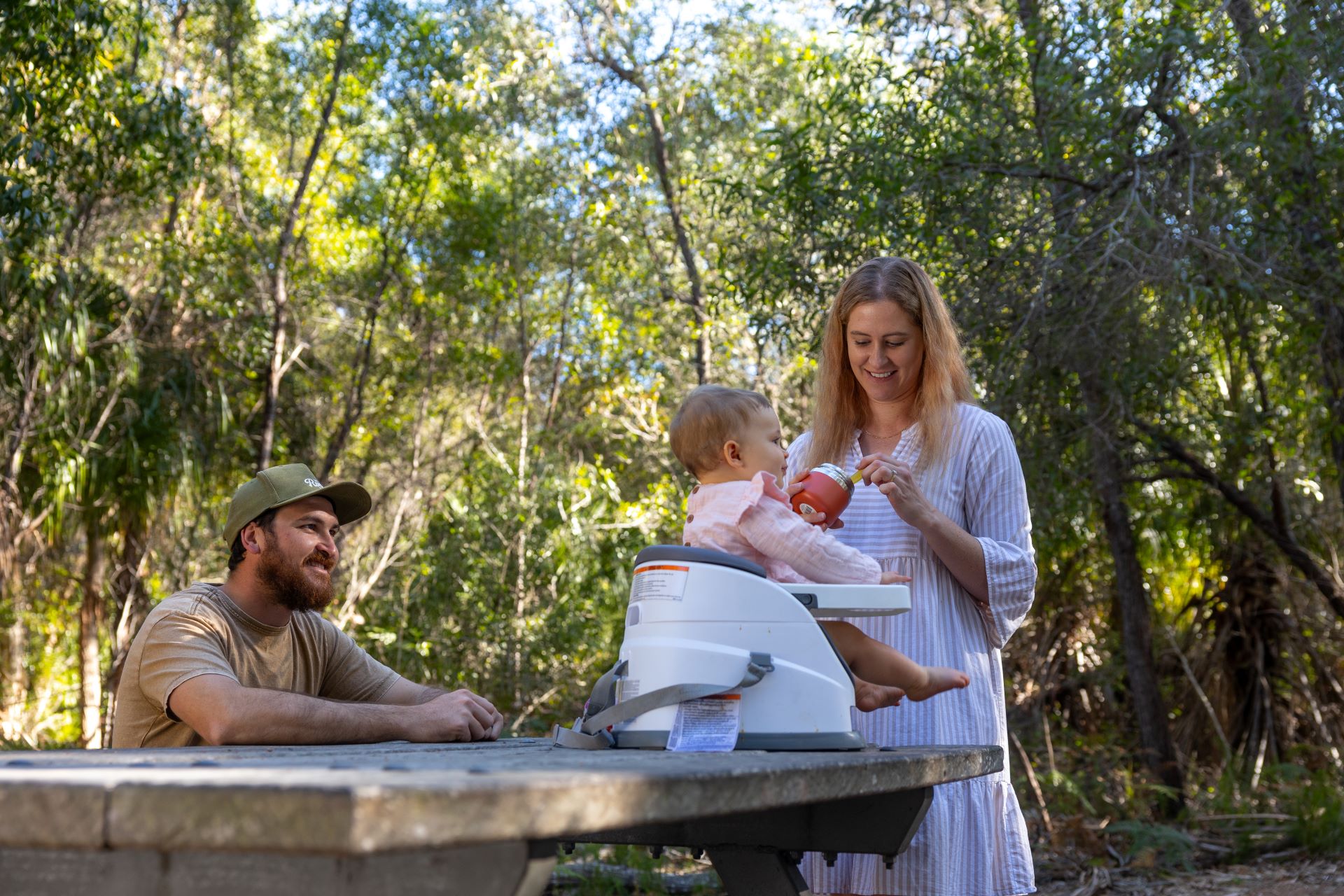It’s as easy as 1, 2, 3 (or… 50, 30, 20 anyway)
If you’re not familiar with the 50-30-20 rule, it’s a lifesaver when it comes to the way you spend and save your money.
At its core, the 50-30-20 rule is simple. It states that fifty percent of your take-home pay should go to your needs (rent, food, insurance, and other basics). Thirty percent goes to your wants (the fun stuff!). And 20 percent goes to your future.
This is the type of budget system that can be used by ANYBODY! It’s simple, flexible and can apply to different stages of life. It’s based on percentages and not how much you earn, so you can adapt it to your own circumstances. No excuses.
PSA: If your ratio is coming off far from this, it might be time to think about re-balancing.
If you’re yet to create a budget, you might want to skip back to our How to Create a Budget 101 blog. We’ll wait!
But how does it work in practice?
Case study: Kate is 35, she takes home $1000/week working as an Executive Assistant. Kate recently bought her first home.
50%: Half of Kate’s take-home income ($500/week) is designated for needs. In Kate’s case, this includes mortgage repayments, bills (including Netflix!), food and car expenses, as she is expected to have a car for work.
30%: Is for wants – nice clothes and makeup, holidays, takeaway, social expenses and the (not so) occasional brunch date. Kate has a budget of $300/week designated to her wants. She can buy that new pair of shoes guilt free because that’s what the money is there for!
20%: The final $200 is set aside for savings and not touched. A certain portion of this (ideally 3-6 months of living expenses) should stay put as a financial buffer, and the rest is for other large savings goals!
You can have it all; the house deposit, the Yoga membership, the share portfolio, the big road trip and, of course, the brunch dates.
A couple of final points to consider…
These percentages do not have to be set in stone. The beauty of this type of budget is that you can customise it to fit your lifestyle (eg. 60-20-20 or 55-25-20, etc.).
If you cannot find a ratio that works for you and continues to allow you to save, it might be time to look at reducing the cost of your “needs”. It may be worth spending the time to shop around for more competitive prices on phone bills or utility bills, alternatively try shopping in bulk to reduce grocery bills. You got this!
If you’re looking for a little more hand holding when it comes to planning for your financial future – we offer a Financial Health Check that can help empower you to take charge of your finances once and for all.
This advice has been prepared without taking into account your objectives, financial situation or needs. You should consider the appropriateness of the advice in light of your own objectives, financial situation or needs before you follow the advice. You should obtain a copy of and consider the relevant Product Disclosure Statement (PDS) and Target Market Determination (TMD) before making a decision.




